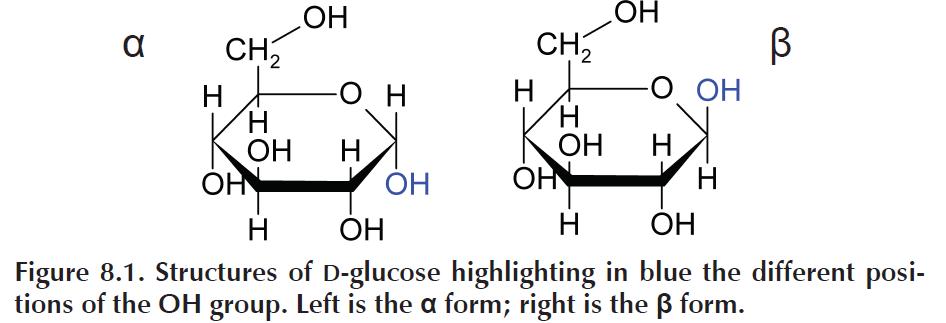Detection of Glucose in a Carbonated Beverage
Goals
- To determine the amount of glucose in a can of carbonated beverage
- To understand the main components in a biosensor
- To compare the calibration-curve method with the standard addition method
for quantitative analysis.
Experimental Apparatus
- Gamry Instruments Interface 1000T potentiostat
- Gamry Instruments Framework™ software package installed on a host computer
- Voltammetry cell (Gamry part number 990-00193)
- Platinum working electrode (Gamry part number 932-00003)
- Platinum counter electrode (Gamry part number 935-00056)
- Silver-silver chloride reference electrode (Gamry part number 930-00015)
Reagents and Chemicals
- Dialysis tubing
- 1 M glucose stock solution
- 0.05 M phosphate buffer solution (pH 7.0)
- 10 000 units/mL glucose oxidase solution
- Several different carbonated-beverage products (~12 oz/~350 mL cans or smaller) containing sugar
Safety Warning
CAUTION:
Be sure to stop applying the potential before connecting and disconnecting the electrodes. The electrical power is a shock hazard. In addition, it could deactivate the enzyme on the surface of the working electrode.
Background
In this experiment you are going to explore the role of a biosensor. A biosensor is
any device that uses a biological molecule, such as an enzyme, to aid in the detection of a target molecule. The most commonly used biosensor in the world is the blood glucose (Figure 8.1) meter.
The glucose meter is an electrochemical biosensor that works not by direct measurement of the glucose, but rather measurement of the hydrogen peroxide produced by the enzyme glucose oxidase (GOx) in the presence of glucose (Eq. 8.1).

The other common problem with biosensors is biofouling. Biofouling occurs when there is accumulation of a foreign body on the sensor, causing a decrease or complete blockage of the signal. This is the same idea as platelets adhering to a heart stent causing a blockage in an artery. In the case of our biosensor, we use a semi-permeable film to protect the GOx and surface of the electrode. This film allows smaller molecule (such as glucose) to pass through, while preventing larger molecules from diffusing to the working surface.
During a chronoamperometric experiment, when the concentration at the surface
of the electrode changes (either through standard addition or the initiation of electrolysis potential), there is a sharp increase in the magnitude of the current followed by a decrease and leveling off of the current. This sharp increase in magnitude is caused by the charging current of the electrode, whereas the slower decrease and leveling off in the current is the Faradaic current from the electron transfers. When the current ceases to decrease and becomes steady is when the current is a result of fresh analyte diffusing to the face of the electrode.
